
Vous êtes heureux d'explorer le Panthéon et d'admirer son architecture et de visiter les tombs de tant de personnages célèbres. Après avoir visité tout le monument, vous décidez de faire une pause dans les escaliers devant l'entrée, mais même dans ces escaliers il y a encore quelque chose à étudier.
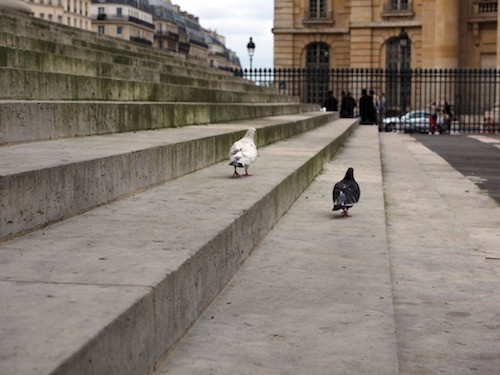
Le Panthéon
Le Panthéon est construit en calcaire et en marbre. Il a été développé sous les ordres du roi Louis XV. Les architectes du Panthéon étaient Jacques-Germain Soufflot et Guillaume Rondelet.
Les escaliers
Des dizaines de fossiles d'anciens bivalves, gastéropodes et échinoïdes, plus petits qu'une pièce de monnaie, se cachent juste en dessous de vous sur ces marches en calcaire fossilifère. Ces fossiles ont vécu pendant la période du Paléogène (également orthographiée la période du Paléogène), une période et un système géologiques qui ont commencé 66 et se sont terminés il y a 23,03 millions d'années et comprennent la première partie de l'ère cénozoïque. Pendant 43 millions d'années, le Paléogène est le plus remarquable comme étant le moment où les mammifères sont passés de formes relativement petites et simples à un grand groupe d'animaux divers à la suite de l'événement d'extinction Crétacé-Paléogène qui a mis fin au Crétacé précédent.
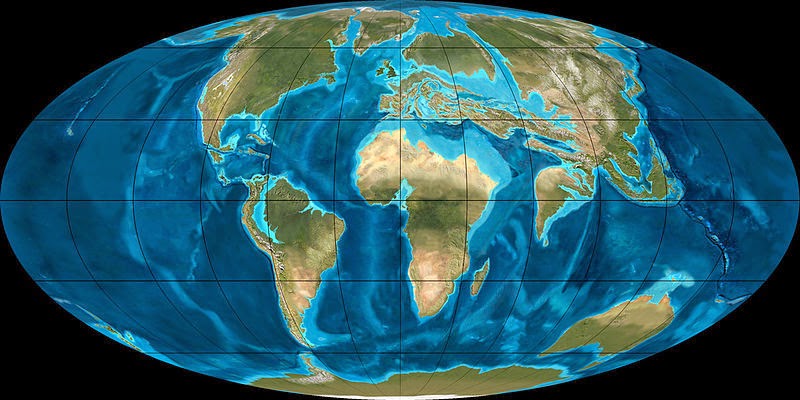
La terre pendant la période paléogène ^
Les fossiles:
1. Bivalves
Les bivalves habitent la Terre depuis plus de 500 millions d'années. Ils sont apparus pour la première fois au Cambrien moyen, environ 300 millions d'années avant les dinosaures.
Ils ont prospéré aux époques mésozoïque et cénozoïque, et ils abondent dans les mers et les océans modernes; leurs coquillages jonchent les plages du monde entier.
Certains se produisent dans les lacs et les rivières. Des bivalves fossiles se sont formés lorsque les sédiments dans lesquels ils ont été enfouis se sont durcis en roche.
Beaucoup ressemblent étroitement aux formes vivantes, ce qui nous aide à comprendre comment elles ont dû vivre.
Les bivalves ont deux coquilles dures, généralement en forme de bol (appelées valves) enfermant le corps mou. Les valves sont les parties que l'on trouve généralement sous forme de fossiles, mais la décomposition du tissu de la charnière élastique qui les relie signifie qu'elles sont rarement conservées ensemble.

2. Gastéropodes
Les gastéropodes constituent un grand groupe de mollusques. Ils ont un pied musclé, des yeux, des tentacules et un organe d'alimentation spécial en forme de râpe (la radula) composé de nombreuses petites dents. La plupart des gastéropodes ont une coquille enroulée ou conique, qui peut être extrêmement réduite chez certaines espèces ou complètement perdue comme chez les limaces. Les gastéropodes ont évolué au début du Cambrien, mais depuis le Paléogène, ils sont devenus les mollusques les plus communs, habitant les environnements aquatiques et terrestres. Nous nous concentrons ici sur les formes écossées que l'on trouve normalement sous forme de fossiles: les Prosobranchia, Pulmonata, Turritella sulcifera (que l'on trouve sur les marches) et, bien que plutôt rares, les Opisthobranchia.

3. Echinoïdes
Les échinoïdes sont des animaux marins appartenant au Phylum Echinodermata et à la classe Echinoidea. Ils ont une coquille dure (ou test) recouverte de petits boutons (tubercules) auxquels les épines sont attachées dans les échinoïdes vivants. Le test et les épines sont les parties que l'on trouve normalement sous forme de fossiles.
Les restes et les traces de ces animaux ont été enfouis dans des sédiments qui se sont durcis par la suite en roches, les préservant sous forme de fossiles. Les représentants vivants des échinoïdes sont les oursins familiers qui habitent de nombreuses eaux côtières peu profondes du monde. Les échinoïdes fossiles ressemblent étroitement à certains oursins vivants, ce qui nous aide à comprendre comment ils ont dû vivre.
Bivalves (center), et gastéropodes:
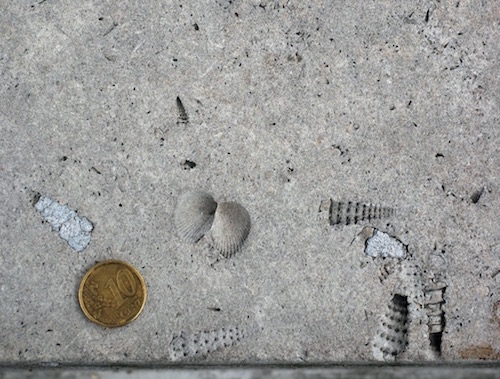
échinoïde:
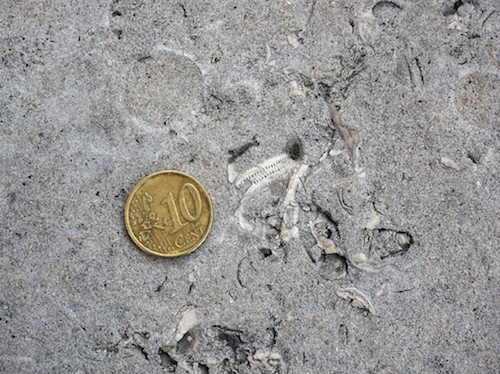
 Earthcache
Earthcache
Pour enregistrer ce EarthCache, vous devez répondre aux questions suivantes, puis envoyez-moi les réponses. Vous n'avez pas à attendre l'admission, s'il y a un problème, je vous contacterai.
1. De quoi sont faits les escaliers (type de roche). Décrivez leur texture, comment se sentent-ils?
2. Quelle est la taille moyenne de ces fossiles?
3. Quel type d'organisme fossilisé est le plus prédominant? Quel est son nom complet?
4. Obligatoire! - photo avec les escaliers ( ou l'entrée ) avec toi, un objet, gps, telephone ou autre objets
Logs sans responses et photo seront supprimés ! Veuillez ne pas joindre de photos des fossiles!
____________________________________________________________________
____________________________________________________________________
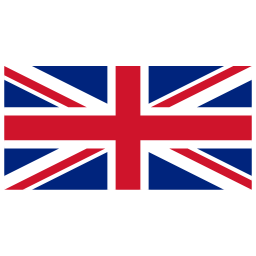
You're excited to visit the Pantheon, admire its architecture and the tombs of so many great people. After wandering through the building you feel a bit tired and decide to take a break on the steps in front of the entrance. You bring out the map, uncheck the Pantheon from your list and say to yourself that there's nothing left to see here. Wrong!
Right below you, there are some interesting things hidden from view.

The Pantheon
The Pantheon is built of limestone and marble. It was developed under the orders of King Louis XV. The Pantheon 's architects were Jacques-Germain Soufflot and Guillaume Rondelet.
The stairs
Dozens of fossils of ancient bivalves, gastropods, and echinoids, smaller than a coin, are hiding right below you on these steps made of fossiliferous limestone. These fossils lived during the Paleogene period (also spelled Palaeogene Period), a geologic period and system that began 66 and ended 23.03 million years ago and comprises the first part of the Cenozoic Era. Lasting 43 million years, the Paleogene is most notable as being the time in which mammals evolved from relatively small, simple forms into a large group of diverse animals in the wake of the Cretaceous–Paleogene extinction event that ended the preceding Cretaceous Period.

Earth during Paleogene period ^
The fossils:
1.Bivalves
Bivalves have inhabited the Earth for over 500 million years. They first appeared in the Mid Cambrian, about 300 million years before the dinosaurs.
They flourished in the Mesozoic and Cenozoic eras, and they abound in modern seas and oceans; their shells litter beaches across the globe.
Some occur in lakes and rivers. Fossil bivalves were formed when the sediment in which they were buried hardened into rock.
Many closely resemble living forms which helps us to understand how they must have lived.
Bivalves have two hard, usually bowl-shaped, shells (called valves) enclosing the soft body. The valves are the parts usually found as fossils, but decay of the elastic hinge tissue that joins them means that they are rarely preserved together.

2. Gastropods
Gastropods make up a large group of molluscs. They have a muscular foot, eyes, tentacles and a special rasp-like feeding organ (the radula) composed of many tiny teeth. Most gastropods have a coiled or conical shell, which may be extremely reduced in some species or lost entirely as in slugs. Gastropods evolved early in the Cambrian, but since the Palaeogene they have become the most common of molluscs, inhabiting aquatic and terrestrial environments. We focus here on those shelled forms that are normally found as fossils: the Prosobranchia, Pulmonata, Turritella sulcifera (which can be found on the steps) and, although rather rare, Opisthobranchia.

3. Echinoids
Echinoids are marine animals belonging to the Phylum Echinodermata and the Class Echinoidea. They have a hard shell (or test) covered with small knobs (tubercles) to which spines are attached in living echinoids. The test and spines are the parts normally found as fossils.
The remains and traces of these animals were buried in sediment that later hardened into rock, preserving them as fossils. The living representatives of echinoids are the familiar sea-urchins that inhabit many shallow coastal waters of the world. Fossil echinoids closely resemble some living sea-urchins which helps us to understand how they must have lived.
Bivalves in the center and gastropods:

Echinoid fossils:

 Earthcache
Earthcache
In order to log this earthcache you must look closer. To log this EarthCache you must answer the following questions, then send me the answers. You do not have to wait for admittance, if there's something wrong I will contact you.
1. What are the stairs made of (type of rock). Describe their texture, what do they feel like?
2. What is the average size of these fossils?
3. Which type of fossilised organism is more predominant? What is it's full name?
4. Mandatory - attach a photo in the log with the stairs (or the entrance) with you, an object, gps, phone or any other objects.
Logs without answers and photo will be deleted! Please do no attach photos with the fossils!